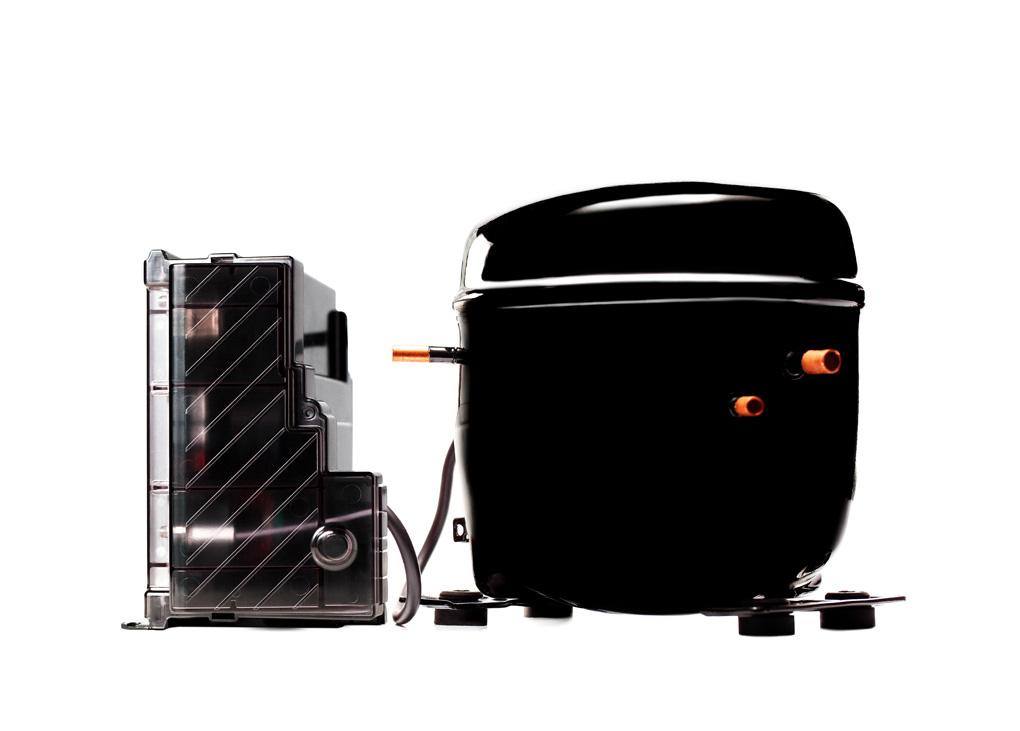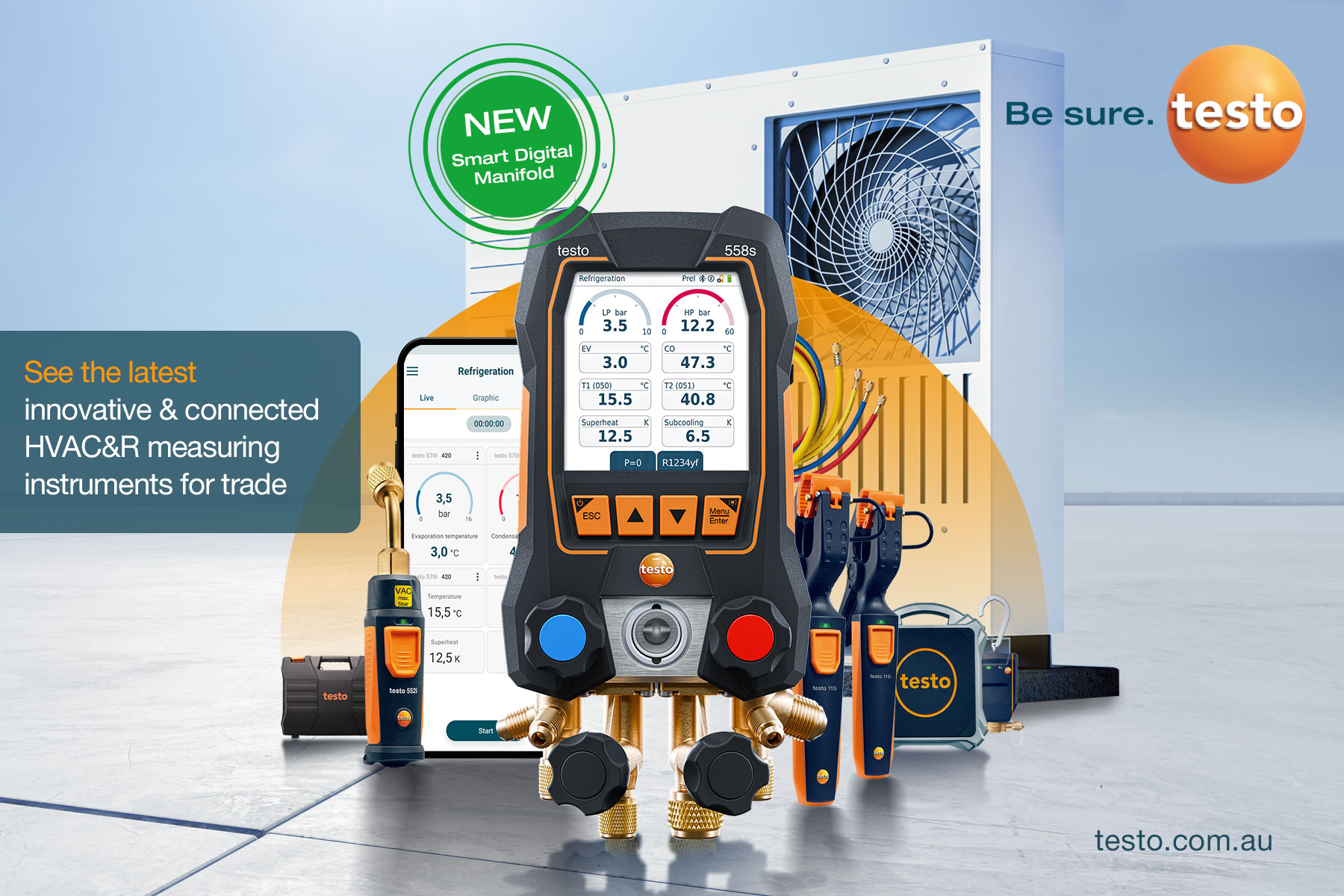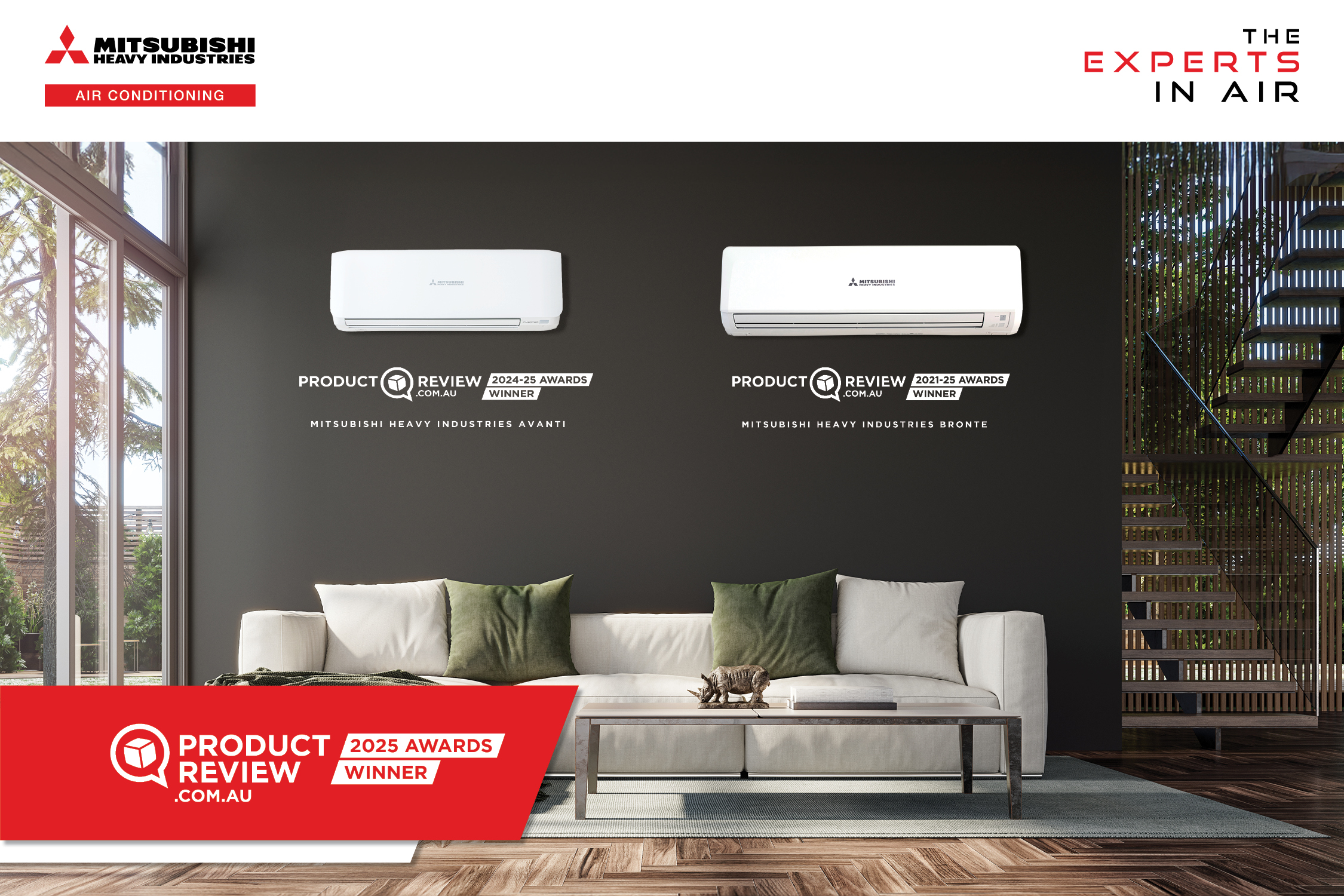Embraco has released a new case study, in partnership with OEM Hussmann, that shows up to 29 energy savings after switching from a fixed-speed to a variable-speed compressor, both running on R290 (propane).
The study was presented at the Atmosphere America Summit 2022, in Washington DC, a two-day event that explored the latest developments in natural refrigerant solutions.
Hussmann, a major North American multinational brand and part of Panasonic specialising in commercial refrigeration equipment, chose the Embraco FMFT variable speed compressor for its new portfolio of variable speed applications, the MicroSC, which includes Grab’n Go freezers, horizontal islands and bunkers.
The study involved two different Hussmann Grab’n Go freezers, used in convenience stores and in the front area of supermarkets. On the three-door freezer, two Embraco NT fixed speed compressors were replaced by two FMFT units, resulting in 29 per cent energy savings and 13.5 per cent less variation in product temperatures.
“The two variable speed compressors were able to provide the same cooling capacity of the previous two fixed-speed models running on lower speeds most of the time,” says Nidec Global Appliance Application Engineer Expert John Prall, “thus delivering such high energy savings.”
The other application was a two-door Grab’n Go freezer in which an Embraco NT compressor was also replaced by an FMFT. This showed a reduction of 19 per cent in energy consumption and 35 per cent less variation in product temperatures.
“The variable speed FMFT, with 12.7cc of equivalent displacement, replaced a fixed speed of 22.4cc,” says Prall. “Even with such a difference, the FMFT was able to deliver the same cooling capacity and promote significantly higher energy efficiency.”
The Embraco FMFT is part of the FMF portfolio. It has a maximum displacement of 14.7cc, equivalent to a 20.5cc (60Hz) fixed-speed compressor, due to its overdrive feature. It is also bivolt, operating in 110V and 220V. It uses variable speed technology, which means the compressor adjusts its running speed to the demand required by the refrigeration equipment. Embraco says this results in energy consumption reduction compared to fixed-speed (or on-off) compressors.
In both applications of the case study, the estimated payback for end-users, considering the energy consumption reduction, was two years.
Prall says another gain comes from the temperature stability, avoiding the product shrinkage caused by ill-preserved food.
“The variable-speed compressor can overcome temperature variations caused by door openings much faster than the standard on-off compressor models,” says Prall, “thus improving food preservation and attending to the best practices of food safety.”
In the case study, the devices were controlled by Embraco Smart Drop-In, a control logic software designed to simplify the use of variable-speed compressors and eliminate the need for a control unit in the cabinet, making the migration from fixed to variable speed more cost efficient.
Embraco notes that reducing energy consumption also helps lower the amount of greenhouse gas emissions from refrigeration. The energy savings obtained in the case study are said to represent an estimated reduction of 4,376kg of CO2 emissions per unit in the two-door Grab’n Go freezer over its life-cycle, while for the three-door model, the reduction was 10,013kg. According to Embraco, the use of natural refrigerant R290 is also more environmentally sustainable, with zero ozone depletion potential and a global warming potential of close to zero.
To read the full case study, click here.



Leave a Reply